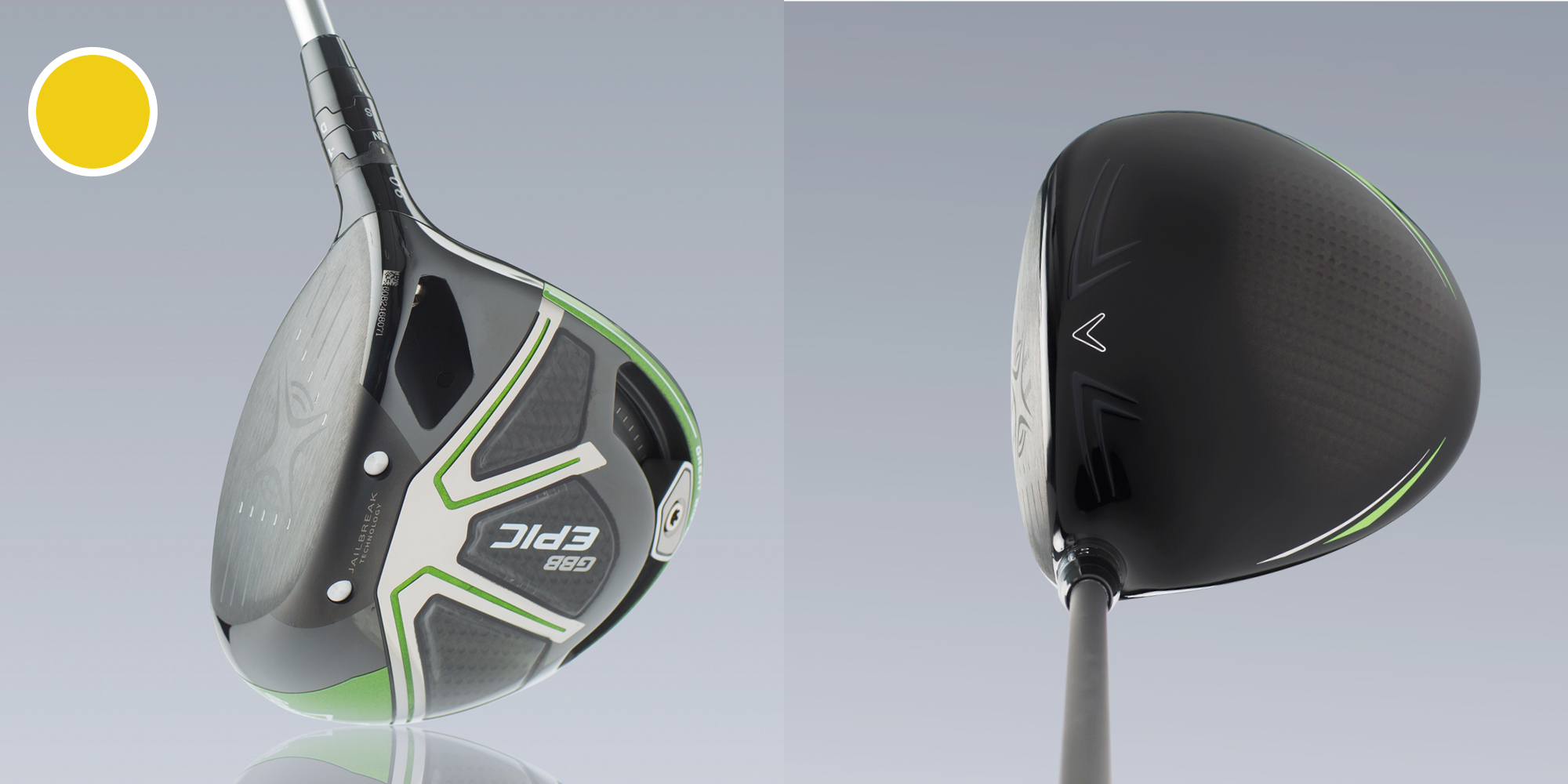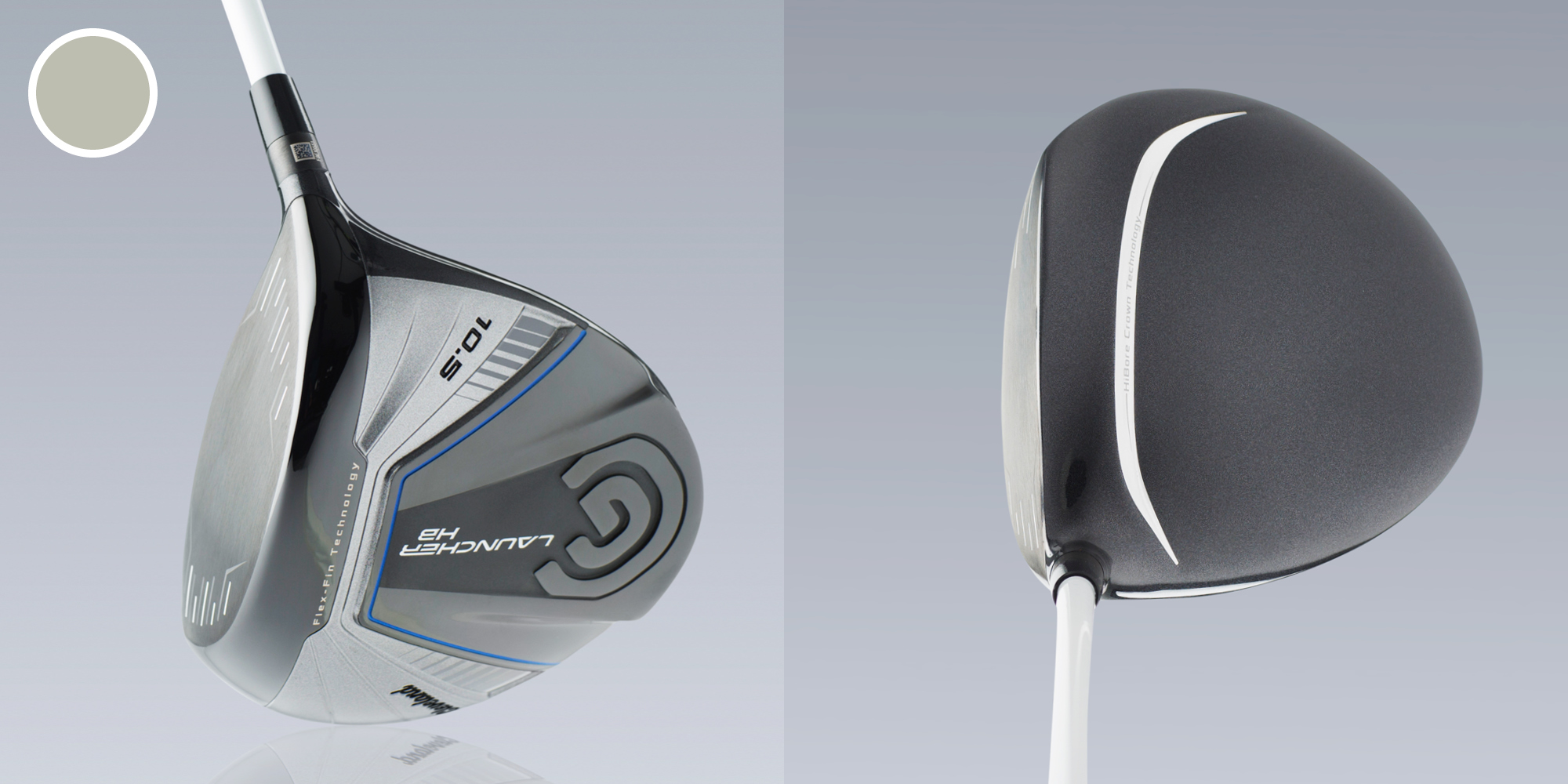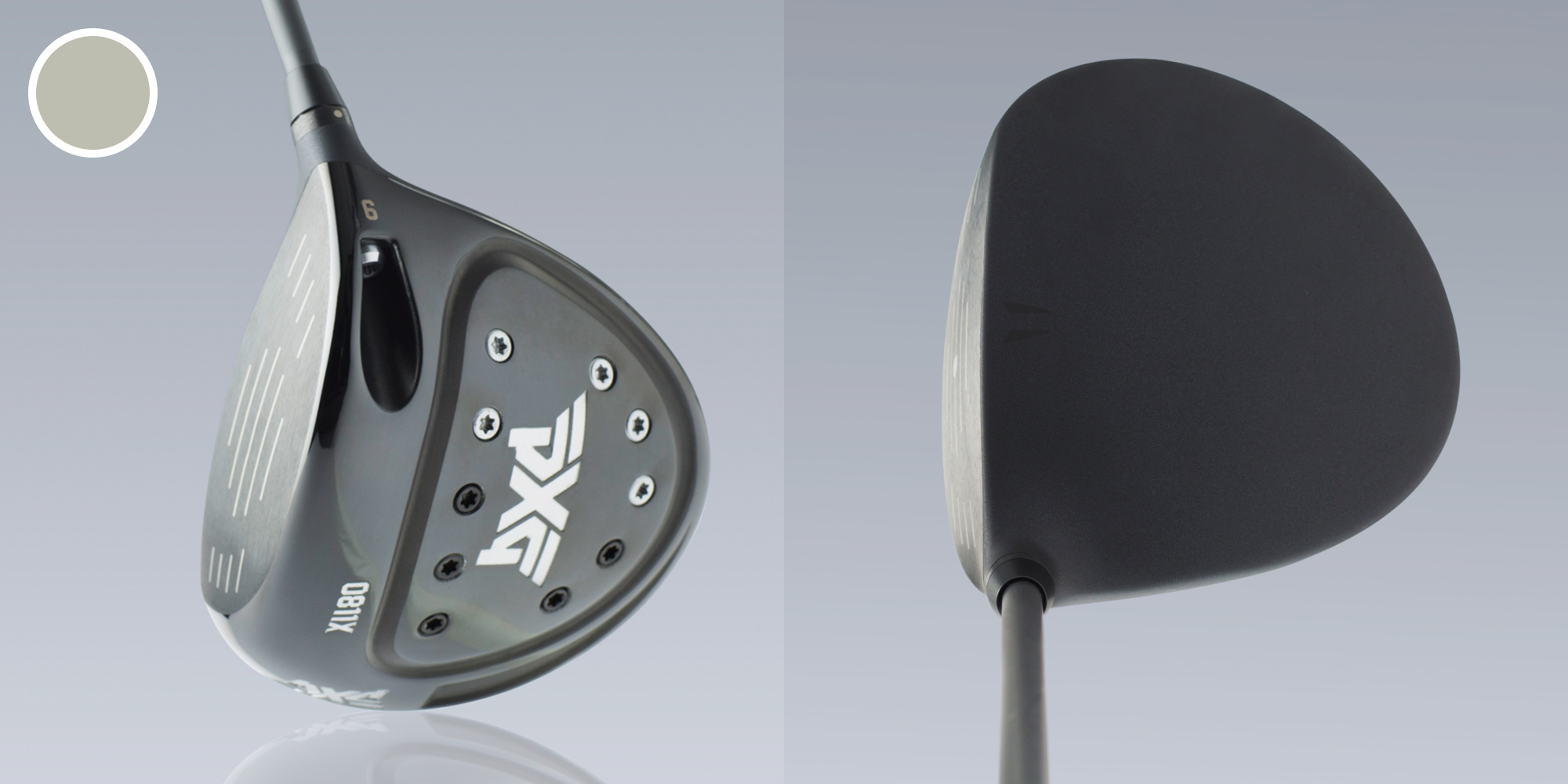In 2004, back when – believe it or not – drivers with adjustable hosels weren’t even legal, Golf Digest’s decision to rate equipment for the first time in its 54-year history wasn’t entered into lightly. Now that the Hot List is in its 15th year, and the idea of a driver without adjustability is considered almost radical, our sense of responsibility burns deeper. Why? With fewer retail stores and more dollars being spent online, getting smart advice about what to buy has gotten harder for average golfers, who are desperate for trusted information. We believe the Hot List continues to be the most valuable source amid all the confusion. Hopefully, too, it’s a call to action to rethink the old clubs you’ve been carrying in your bag, perhaps since 2004.
We bring that guidance to you by being diligent and broad in our methodology – unbiased, uncensored and, well, honest. Our extensive process is intense, and its greatest focus occurs during a two-week annual Hot List Summit – the latest was at Pinehurst Resort. That fitting location served as the workplace where our team of editors, expert contributors and golfers set about determining the products that matter in 2018. We’ve learned that the most significant clubs aren’t just those that intrigue industry experts and a roomful of Ph.Ds, but are those that resonate with players just like you.
The 121 clubs on the 2018 Hot List (presented here and in coming issues) are a record number, a reflection not on the difficulty of being unique in an industry awash in sameness and parity, but instead a celebration that clubs from all kinds of manufacturers large and small are finding ways to help golfers improve. It’s not merely that today’s designs are better than yesterday’s. (They are. We ran the tests, and you can read the results starting on page 132.) It’s that so many of the new clubs are better in ways that hadn’t been contemplated in 2004. We’re talking about razor-thin metalwood construction, a new category of irons (check those out in the April issue) and grooves so sharp you’ll forget there ever was a groove rule.
It has been quite a journey since 2004, but the destination remains the same: better-informed, better-equipped and better-playing golfers.
Handicapper (L) Low (M) Middle (H) High
2018 Hot List: Drivers
Do you want maximum adjustability? Or are you looking to simplify? Either way, your misses have never been hotter.
Callaway
gbb epic/sub zero/star
Performance ★★★★★
Innovation ★★★★★
Look / sound / feel ★★★★★
Demand ★★★★

VERDICT The Epic family of drivers, Callaway’s most successful launch since the 1990s, set out to change how drivers flex. Two titanium bars behind the face connect the crown to the sole, keeping the flexing at impact confined to the face. The result is maximum ball speed across a wider area of the face. Lightweight composite pieces in the crown and sole freed up mass for a rear sliding weight on the sole in the standard model, and front and back weights in the lower-spinning Sub Zero. The newest addition is the Star, which uses a shaft that’s about a third lighter than typical shafts to help provide extra swing speed.
COMMENTS (L) I could set the slider and just carve the same shot time after time. You can feel the speed. (M) It has a balanced feel, so you know where the head is at all times. (H) The shape masks how big it plays. Sounds like a loud whip made of velvet.
Callaway
rogue/sub zero/draw
Performance ★★★★★
Innovation ★★★★½
Look / sound / feel ★★★★★
Demand ★★★★★

VERDICT If last year’s Epic was Callaway’s sports sedan, then the Rogue is its monster truck. The jumbo look, featuring Callaway’s largest triaxial carbon crown ever, shouts forgiveness. The internal “jailbreak” structure, which is now 25 percent lighter, provides power: two titanium bars run from the crown to the sole behind the face to stabilise the head so mis-hits fly like centred shots. Saved weight is used in other ways to add forgiveness to each of the three versions, including the spin-controlling Sub Zero model with adjustable sole weights and a heel-weighted Draw version.
COMMENTS (L) So stable, no energy lost at impact. If you can’t get your spin down, buy this. It’ll fix your golf swing. The ball speed is noticeable. (M) If confidence had a sound, this would be it. Explosive, piercing drives.
(H) Beautiful crown with the exposed carbon composite. Powerful but muted sound.
Cobra
King f8/f8+
Performance ★★★★½
Innovation ★★★★½
Look / sound / feel ★★★★½
Demand ★★★

VERDICT Anybody with a whiteboard can design a driver. But manufacturing one – or tens of thousands – to precise weight-saving tolerances that lead to better performance? Well, that’s a new kind of science. Cobra uses automated computer milling to form its titanium face inserts. This saves weight and allows the face to feature subtle curvature for more speed and higher launch on mis-hits. The high-launching F8 and low-spin F8+ have lightweight carbon-composite crowns and movable sole weights (slice-fighting on F8, spin-controlling on F8+). A 3-degree range of adjustability on the hosel means one head fits all.
COMMENTS (L) I like the muted sound. The misses were really consistent. (M) Soft and responsive: I hit a lot of medium to medium-high straight balls, not the easiest thing to pull off. (H) The face milling definitely will make the average golfer want to try it.
Ping
g400/lst/sft/max
Performance ★★★★★
Innovation ★★★★½
Look / sound / feel ★★★★★
Demand ★★★★★

VERDICT The company famous for forgiveness keeps pushing the limits of how to make our worst misses more playable. The G400’s four models include the standard, low-spin LST, the slice-fighting SFT and the new oversize Max that sets a new standard for stability. The large front-to-back shape and thin crown work with a tungsten weight deep in the sole to make these Ping’s most forgiving heads ever, even though all but the G400 Max are a tiny bit smaller than any G-series driver in history. And each driver features those familiar drag-reducing ridges on the crown to make the large head glide through the air like a driver a third smaller.
COMMENTS (L) I toed one severely and still hit the fairway. Easy to hit straight and long. (M) The shape frames the ball in a way that says attack. (H) The crown looks aggressive, like an angry dog. Impact had a throaty thwack. Flight with SFT was high and forgiving.
TaylorMade
m3/440
Performance ★★★★★
Innovation ★★★★★
Look / sound / feel ★★★★★
Demand ★★★★½

VERDICT Forget for a minute that the M3 has nearly 13,000 adjustable settings and can reach the kind of off-centre-hit stability reserved for letterbox-size drivers. Forget the carbon-composite panels in the crown and sole that are 25 percent thinner and lighter than they were two years ago. What’s truly different is the twisted face design. Inspired by studying more than half-a-million shots, TaylorMade believes traditional face designs fail typical golfers, so it reshaped the face into subtle contrasting curves from high-toe (more open) to low-heel (more closed) to help shots fly straighter.
COMMENTS (L) I could move so many things to get the exact flight I wanted. It has a firm, powerful sound.
(M) I’m a low-ball hitter. Moving the weights back made an immediate improvement. (H) I love how they used silver instead of white. It has a quiet, satisfying sound, like you’re getting a lot of clubhead on the ball.
TaylorMade
M4/d-type
Performance ★★★★½
Innovation ★★★★½
Look / sound / feel ★★★★½
Demand ★★★★★

VERDICT This might be the least-complex driver in TaylorMade’s lineup, but it might give more golfers
what they really need. Its priorities are forgiveness and ball speed. Carbon composite in the crown combines
with a light, thin face to save weight. But rather than use those grams for moveable screws, the M4 pushes that mass lower and farther back for a higher launch and stability on off-centre hits. And because of a pair of struts, the slot in the sole is more than 20 percent longer, adding more zip across the face. Like the M3, the face’s contrasting curves help mis-hits go straighter. The D-Type version could be your anti-slice solution.
COMMENTS (L) Great shape, a nice blend of being compact while having that triangular back. Good feel.
(M) Forgiving, easy to draw. It sets up powerfully at address. (H) The silver paired with the carbon-fibre crown is such a better look. It really helps alignment.
Titleist
917d2/d3
Performance ★★★★★
Innovation ★★★★½
Look / sound / feel ★★★★★
Demand ★★★½

VERDICT It’s not surprising our player-testers used the word classic 10 times to describe the 917 series, but the drivers have present-day tech, too. The hosel’s 16 independent loft-and-lie settings provide 112 ball-flight options across the line’s two heads and seven lofts. There’s also a weight in the sole that can be adjusted to promote a draw or fade, and the angled shape means there’s less chance of increasing spin or forfeiting stability on off-centre hits. Finally, the new sole channel works better than in the 915 model, primarily because of selective thinning in the heel-and-toe portions.
COMMENTS (L) The old standby that won’t let you down. Some surprising forgiveness, as well. (M) It’s a classic from the looks to the sound. It has a fighting trajectory that muscles through the air. That familiar feel puts you in a comfort mind-set. (H) Old-school cool. There’s nothing wasted about the design.
Cleveland
launcher hb
Performance ★★★★
Innovation ★★★★
Look / sound / feel ★★★★
Demand ★★½

VERDICT Cleveland is having none of golf’s complex moving parts. The throwback design – no adjustable hosel, no moveable weights – might seem basic, but look again: the simplicity serves a purpose. Most golfers, Cleveland engineers say, need forgiveness on mis-hits and a higher launch, so any feature that doesn’t work towards those objectives is a waste of material and unnecessarily confusing. Here, all the weight saved from not having adjustable features is pushed low and deep for higher launch and added forgiveness for off-centre hits. A stepped crown and sole are designed to enhance the flexing of the face for better distance.
COMMENTS (L) It was very forgiving on my bad swings. (M) Feels fast when you hit it great – in the sound and the feedback in my hands. (H) The channel gives the appearance of a smaller clubhead. All hits seem to fly
to a really nice height at their apex.
Mizuno
GT180
Performance ★★★★
Innovation ★★★★½
Look / sound / feel ★★★★
Demand ★★

VERDICT With two moveable weights, three weight tracks, a sliding chip on the sole to tweak its appearance at address and 4 degrees of loft adjustment on the hosel, the GT180 is the most changeable driver in Mizuno history. But that’s not even the coolest feature. The secret that makes all this movement more powerful is a specially treated, high-strength titanium alloy in the face. SP700 is 10 percent stronger than the titanium typically used in drivers, allowing for more varied thicknesses in the face, which leads to more consistent distances on off-centre strikes.
COMMENTS (L) Easy to control. I didn’t get a lot of curve on my off-centre hits. (M) Don’t be fooled by the colour. I ‘nuked’ it, and the sound was pleasant. It has a low flight and exceptional distance. (H) With all the adjustability, it can feel like a totally different club.
Mizuno
ST180
Performance ★★★★½
Innovation ★★★★
Look / sound / feel ★★★★
Demand ★★

VERDICT The size clearly reveals the ST180 to be the more forgiving of Mizuno’s two new drivers. But there’s a problem with some large drivers: their higher-than-ideal centre of gravity can create too much distance-sapping ball spin. So how does Mizuno get low spin and forgiveness? The internal weighting is concentrated low because of a deep weight pad in the back, a thin crown that features an internal waffle pattern and a wave sole that puts more material down low. The distance that comes with all of this forgiveness is a superplastic titanium alloy (strong and resiliently flexible) that can be made selectively thinner.
COMMENTS (L) The shape is just right. Good distance and easy to control the spin. (M) It’s easy to position at address. I really like the proportions. Smooth through impact. (H) This blue is soothing, calm. The soleplate looks like it helps you get more ball speed.
PXG
0811x/lx
Performance ★★★★
Innovation ★★★★½
Look / sound / feel ★★★★
Demand ★★½

VERDICT PXG uses thermoplastic elastomer (TPE) in its hollow-iron designs to allow for thinner faces. But thin faces aren’t a problem in driver designs, so why use that material here? Simple: it weighs less than metal and performs an efficient function. Instead of using internal rib structures of metal that would position weight too high, engineers layered the TPE right above the sole to control sound and save weight. A carbon-composite crown saves more weight, so these are lower-spinning drivers than PXG’s original 0811. Ten adjustable sole weights let you tweak direction and spin.
COMMENTS (L) I got that boring ball flight I love. I never felt like I was going to lose one high and spinny to the right. (M) The sound is consistent, muted, and the matte finish isn’t distracting. Feels light but provides more power than you expect. (H) Sounds like a gunshot with a silencer. You’re confident it’s going to go
